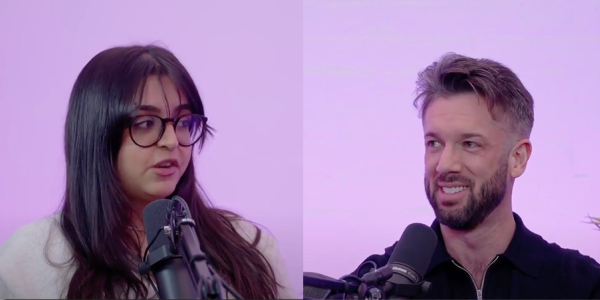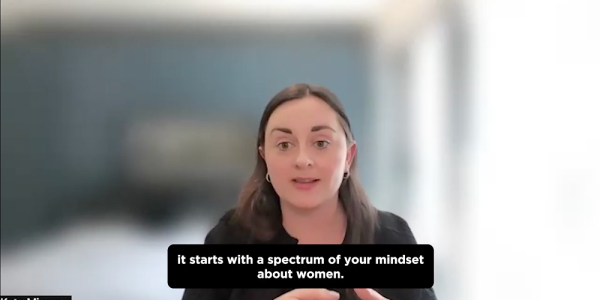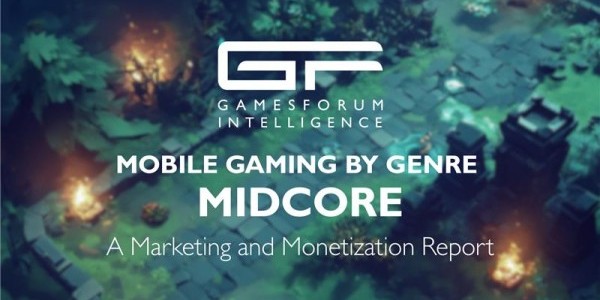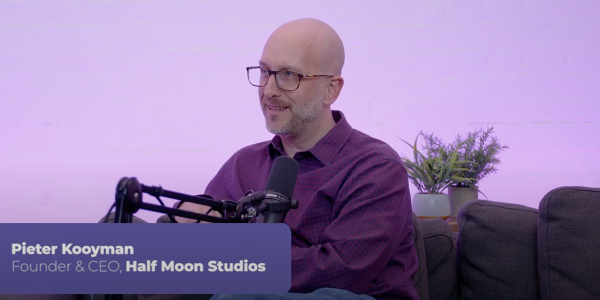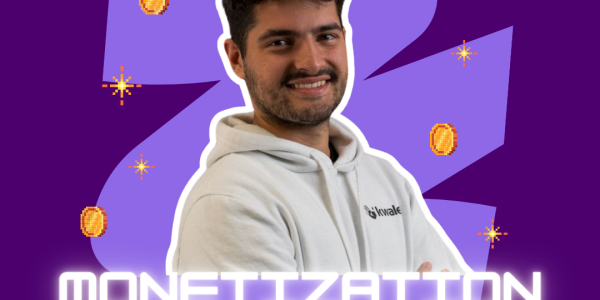How to get investment for your game in 2025


The global gaming industry is slowly but slowly and surely regaining its footing in early 2025. After a rocky couple of years marked by tightened capital and deflated valuations, we're finally starting to see positive signs, venture funding is up, M&A activity is reviving, and public market sentiment is showing signs of resilience. Lord, Hallelujah! Obviously we’re still sadly seeing studio closures and other negative signs but the capital for new companies in early stages is really showing those green shoots right now and I for one am happy about this.
But let's not sugarcoat the reality: raising capital in this climate is still extremely f*cking hard. We’re operating in a very different world compared to the investment frenzy of 2021 and 2022, when money was flowing fast and freely. Today, capital is more cautious, selective, and demanding. And that means companies must be smarter, more inventive and more strategic, in how they fund their growth.
I was recently told by one of the most prolific investors in Europe to raise fast, raise big and treat it like this will be the last money you ever get, because the data is saying that it could well and truly be the case.
The VC slowdown: What the data says
Let’s start with the numbers. According to Konvoy’s Q1 2025 gaming report, venture capital funding hit $373 million, a 35% quarter-over-quarter increase, showing a welcome return of momentum. However, that figure still pales in comparison to the $10.2 billion raised in 2021 or even the $7 billion in 2022. The trend is upward, but the mountain ahead is steep.

The number of deals sits at just 77 this quarter, down 6% from Q4 2024, indicating fewer shots at landing institutional capital. What this tells us is clear: VC money is flowing - but it’s flowing narrowly, mostly toward proven teams or late-stage traction.
And while the US, Europe, and Asia continue to dominate the scene, each region reflects a different investment appetite:
- 97% of deals in Europe are early-stage, meaning there’s interest but mostly for smaller earlier cheques, spreading risk across many opportunities.
- In the US, we’re seeing a notable rebound in growth-stage funding, up $88M QoQ, but deal counts remain far off their historic highs.
- Asia, particularly China, continues to be a dominant market, but geopolitical tensions and escalating US tariffs could complicate cross-border investments moving forward.

The new funding reality
So what does this mean for founders and gaming entrepreneurs? In simple terms: you can no longer afford to wait around for a VC term sheet. It’s time to expand the playbook. If you want your game, platform, or studio to survive and scale, you need to look beyond traditional investment routes. The other issue that people don’t mention as often is the fact that VC’s have a history of stringing people along and making them think the likelihood of getting investment is higher than it is….
I would strongly advise everyone who isn’t getting multiple offers and terms sheets to extend their runway by any means, and this means looking at alternative funding strategies which are proving increasingly valuable in 2025:
🎯 1. Angel investors and syndicates
While institutional VCs are treading carefully, many high-net-worth individuals and syndicates are still actively backing gaming projects, particularly if they bring a fresh angle (like AI x Gaming, community-led platforms, or UGC tools). Angels are typically more agile, can move faster, and are less reliant on consensus-driven investment committees. Consider:
- Rolling funds that specialize in creative tech or interactive entertainment.
- Syndicates like TheGamesAngles or EGD, which let multiple angels pool together on a deal with reduced admin overhead.
🌍 2. Government grants and public schemes
Governments across Europe are increasingly stepping up to support digital innovation, and gaming sits right at the intersection of culture, creativity, and tech. Here are standout examples:
- 🇫🇮 Finland – Business Finland & Investment Matching
Business Finland offers a matching investment scheme where the government will co-invest alongside private investors. If you secure a private backer, the Finnish state may match up to 50% of the investment, de-risking early-stage capital and making the country an increasingly attractive launchpad for new studios. - Norway – Research-Based Funding
Norway’s Research Council (NFR) offers grants to companies blending gaming with innovation, education, or healthcare. If you’re building a game with scientific, educational, or societal value, there’s a good chance you could receive non-dilutive funding to prototype or test. One of my own portfolio companies, BitPet, a developer in the geo-location space, raised $480k like this recently. - Cyprus – 35% Tax Rebate for Film & Gaming
Cyprus offers up to 35% tax rebates on qualifying production expenses, including game development. This program is designed to attract media and entertainment production to the island, and yes, that includes game studios. Expenses related to local labor, production tools, and marketing can often be claimed back. You can look at my recent article on Cyprus also! - Türkiye – R&D and Export Incentives
Türkiye provides a robust package of R&D subsidies and tax breaks for software companies, especially those exporting services. Studios headquartered in Türkiye can benefit from tax deductions on developer salaries and reduced corporate tax on export earnings. You can even get a % of your UA costs re-embursed.
🚀 3. University & R&D incubation grants
Collaborating with academic institutions is another underrated funding route. Many universities in the UK, Nordics, and Germany offer research-linked seed funding for games involving AI, behavioral science, or VR/AR. These funds are non-dilutive and often come with access to facilities, researchers, and publishing support.
Creativity counts, not just in your games but your funding strategy too
So what’s the bottom line? While the gaming industry is showing signs of recovery, venture funding is climbing, M&A activity is rising, and the market is stabilizing, we’re still operating in a tight capital environment. To grow in 2025, companies must look beyond the VC and PE landscape to increase their chances of improving runway and surviving.
Survival is your priority, cash is the vehicle, where you get it doesn’t matter as long as you have it you can ensure to extend your runway and your ability to be successful.
John Wright is a gaming industry consultant and strategist, advising early-stage startups, investors, and governments on innovation, funding, and market entry across the global gaming ecosystem.



